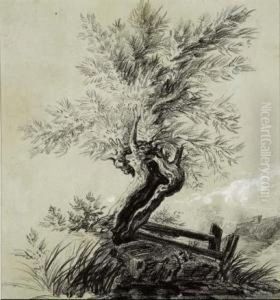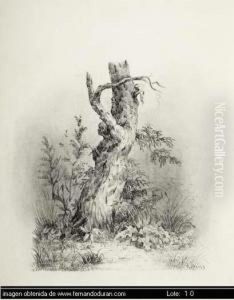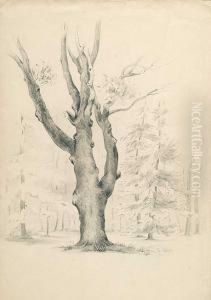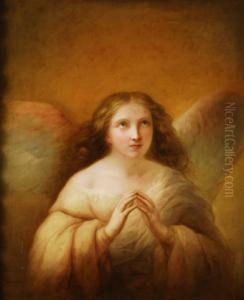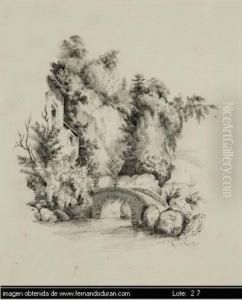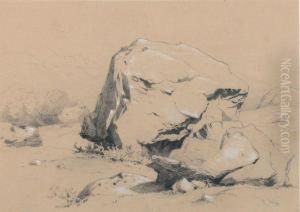Rosario Weiss Paintings
Rosario Weiss Zorrilla was a Spanish painter and engraver, born on October 2, 1814, in Madrid. She was the goddaughter and possibly the illegitimate daughter of the renowned romantic painter Francisco de Goya. Her mother, Leocadia Weiss, was Goya's housekeeper, and although the true nature of their relationship is not fully documented, it is speculated that Goya may have been her biological father, given their close relationship.
Weiss showed an early talent for art, which was recognized and nurtured by Goya himself. After Goya left Spain for Bordeaux, France, in 1824, Weiss continued her art education under the guidance of other painters, such as Vicente López Portaña, who was the court painter at the time. She honed her skills in drawing, painting, and engraving, and by her early twenties, she had begun to receive recognition for her artistic abilities.
Throughout her career, Weiss faced the significant challenges of being a female artist in a male-dominated field. Despite these obstacles, she managed to achieve a degree of success and was appointed drawing teacher to the children of the royal family in 1838, under the reign of Queen Isabel II of Spain. This position was a testament to her skill and the respect she had earned within artistic circles.
Weiss's body of work, while not extensive due to her untimely death at the age of 28 from cholera, demonstrates her proficiency in portrait painting and drawing. Her style, influenced by Goya and other contemporaries, shows a clear command of the romantic sensibilities of the time, with a focus on expressiveness and emotional depth.
Rosario Weiss's legacy is a collection of works that reflect the artistic transitions of early 19th-century Spain and the struggles and achievements of women artists of the era. Her life and career, though cut short, remain significant in the study of Spanish art history. Weiss passed away on July 31, 1843, in Madrid, leaving behind a brief but impactful artistic legacy.
